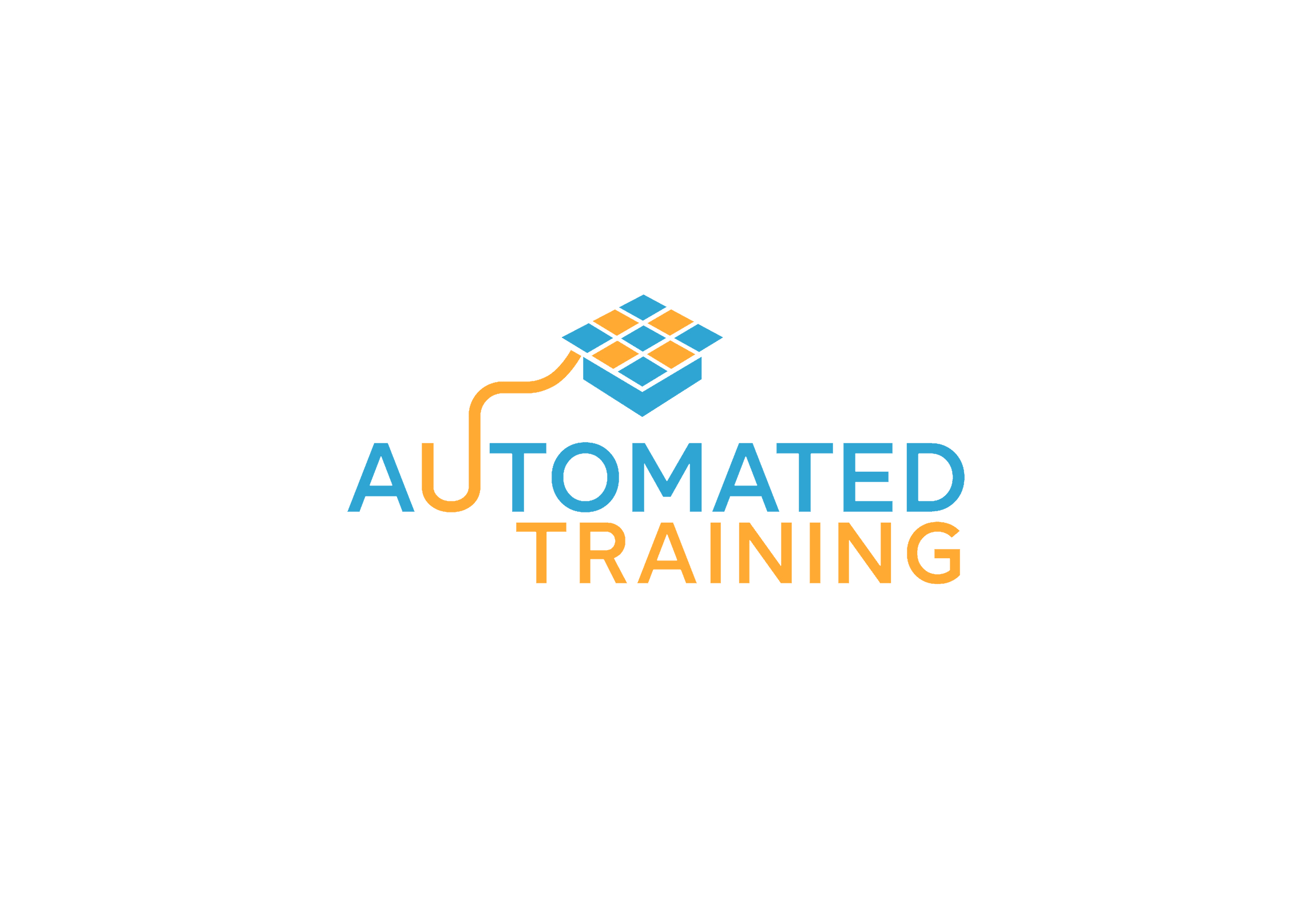What are the 5 most frequent mistakes done in employee training?
Employee training is not a spectator activity although it can feel like this if it is conducted improperly.
But when is it done improperly? And why would someone do that?
At one point in my career, I got very preoccupied with the efficiency of employees’ training and the impact of the training on the trainees. That was after playing both roles: the one of the trainee and the one of the trainer. During 16 years of work experience, I have supported many companies in automotive software development. Many times I have experienced that the work packages are not done according to the process. In my domain companies had to fulfill the ISO 26262 standard.
Why? What is wrong with the employees?
Nothing is wrong with the employees! The problem is somewhere else.
1.No training in the work process is a mistake per se
Some companies DON’T provide ANY type of training to teach the employees their work process. Actually, this is the number 1 mistake in employee training. Due to a lack of time, money, and personnel, companies don’t teach new employees the work process.
Companies developing by standards also have a quality department in place. This department runs regular assessments of the products that employees develop. But employees are not shown/trained on what exactly they have to do in order to fulfill the quality that is verified later on by the quality department.
Is it only me, or do you have the same question right now? How could the employees develop a quality/conform product, if they do not know what this means? How it is measured and what are the procedures that they have to follow in order to obtain that quality?
At this point, we can agree that omitting to train the employees is the number 1 mistake. But I will start to count the mistakes first there, where some sort of employee training is provided. Some companies do invest money in employees’ training and development. But they use inappropriate methods for teaching that contradict the basic principles of cognition.
2.The mistakes in face-to-face training
We use this training method for so many decades, what can be the problem with it? (you will say)… Well, exactly this is the first problem. There were no significant changes in the training methodology. In training, we copy the school teaching system, which is 200 years old, and used ever since without being adapted to the employee’s needs.
Employees, unlike pupils, when they arrive in a company, have different levels of knowledge and expertise based on their former work experience. Some are advanced in the topic while some are beginners. And those coming directly from University are confused, mostly when they see how much there is to learn. But they all have to sit together in the same room and listen to the same impersonal pace of the trainer.

You can not sit all these people with all these ranges of expertise in one room and teach them the same thing, at the same pace, once and for all. Because usually, every employee visits every training only once.
The ” teaching mistakes”, I call them mistakes because they go against the 4 pillars of learning defined by Stanislas Dehaene, a french cognitive neuroscientist.
The 4 learning pillars are a simple recipe of the steps to be followed in order to support learning and retention. Here are included: how we handle attention in the process of acquiring information. When and how to apply the newly received information, how to learn from mistakes, and how to consolidate memory.
1. Mistakes related to the MOMENT of the training
The training’s timing is one of the mistakes in employee training. The employee can not choose in any way when to attend the training. The human resources department plans the trainings in advance based on the preestablished generic employee training plan and based on the trainer’s availability. This is the reason why, most of the time, the training takes place at an inappropriate time for the employee. The wrong timing can mean either the wrong moment in his personal development span or just the wrong time of the day:
1.1 Employee training at the wrong time of the day
“Different parts of the brain may be ready to learn at different times” (How people learn: Brain, Mind, Experience and School)
Some people concentrate best in the morning and some are at their sharpest during the night. Other people have during the day their focus distributed to other problems. And they can focus on learning only when the disturbing factors disappear.
Try to learn the principles of software detailed design in training that keeps you busy the whole day, while your project manager waits impatiently from your side for a bug-free that has to be released this week.
Teaching people when they are unfocused or they have other priorities is a mistake and a loss of time.
1.2 Employee lacks the basic fundamentals

Because the trainings are planned by the availability of the trainer and not the needs of the employees, very often they do not follow the natural order in which the employees could link late received information to former knowledge.
If the employee receives the training before having gathered the basic knowledge (from former training), he receives the information just as some pieces of the puzzle without the box cover. So he does not know where to place that information, in what context, and where to use it. The information that is not linked with existing knowledge is lost:
“Knowledge must be “conditionalized” in order to be retrieved when it is needed; otherwise, it remains inert.” (Whitehead, 1929)
1.3 Training knowledge applied too late in project
The most trivial principle of learning is that learned information that is not applied is forgotten. If the employee doesn’t use the newly received information soon enough after the training, a great part of it will be lost.
Forgetting is a normal process, it is what the German psychologist Hermann Ebbinghaus, calls this “forgetting curve” in his work “Über das Gedächtnis” 1885. This curve shows how information is lost over time if it is not immediately used/applied in some way:
- 50% of information will be lost after one hour,
- 70% will be lost after one day and
- 90% of the information is gone after one week.
Having the training out of sync with the ongoing employees’ tasks is an expensive mistake leading to spending money on teaching something that is destined to be forgotten.
What employees learn in the training is not what they work at. They have their running tasks, assigned by the team leader, and here comes the training planned by the HR, which only by luck, could be related to the ongoing task, but mostly it doesn’t.
1.4 First doing and then training
If the employee received the training too late, meaning he was already confronted with the task because the employee doesn’t wait idly for 3 months until the trainer has the time to hold the training. He managed to get the information from somewhere. He asked a colleague or he searched on the internet and he found information related to the topic and he put something together.
Could you spot the problem with those two methods?
One problem is that later on, a trainer is paid, or the expert puts off his task, and holds “the training” for all the new employee and teach them the work process. The employee sits in the training room for hours and he has urgent tasks waiting for him, but he has to listen to something, he in his mind is convinced he already masters because he did it already and nobody complained. He hears only broken information from what the trainer says because the training is not his first concern. His mind is solving the urgent issue that he has at that moment: debugging his code, and thinking of urgent emails ….
And believe me, I have seen this. When during training, people are looking at their wristwatches, they are subconsciously telling the trainer:
“Shut up! I have better/more important things to do right now!”
Here is a true story on how to lose the presidential election because of checking your wristwatch: www.usnews.com/ – Article: George H.W. Bush Checks His Watch During Debate With Bill Clinton and Ross Perot.
2. Mistakes in employee training related to FOCUS and ATTENTION span
Too much is too much!
The second mistake in employee training is related to the duration of the training. Research suggests that our ability to concentrate is somewhere between 10 to 40 minutes, depending on the person and task. This means that if we spend more time during training then we can stay focused, and the return on the invested time gets diminished. Information will be lost not retained!
In tech and development trainings last hours and sometimes for some days in a row. I bet you caught yourself daydreaming about different stuff, during some trainings you attended, when the topic got a bit off the road, or when the topic got intense and you failed to understand some details. It is ok, nothing to blame you or your employees for, it is the limitation of our human nature.
“The spacing effect demonstrates that learning is more effective when study sessions are spaced out. This effect shows that more information is encoded into long-term memory by spaced study sessions, also known as spaced repetition, than by massed presentation”( Hermann Ebbinghaus).
Primacy and recency effect is the reason why it is more efficient to divide your learning time into more shorter sessions than a long one. And here is video experiment that will make you understand the primacy and recency effect.
 “When we mentally attend to whatever we are learning, the brain can map the information on which we are focusing … When we don’t pay complete attention to what we are doing in the present moment, our brain activates a host of other synaptic networks that can distract it from its original intention. Without focused concentration, brain connections are not made, and memory is not stored.” (Joe Dispenza, D.C – The Science of Changing Your Mind: Evolve your Brain)
“When we mentally attend to whatever we are learning, the brain can map the information on which we are focusing … When we don’t pay complete attention to what we are doing in the present moment, our brain activates a host of other synaptic networks that can distract it from its original intention. Without focused concentration, brain connections are not made, and memory is not stored.” (Joe Dispenza, D.C – The Science of Changing Your Mind: Evolve your Brain)
3. Training doesn’t include time for processing information
Failing to plan and include time for processing, linking, and understanding the learned information is another mistake in employee training.
The trainer can not afford to talk for only one hour every day for weeks in a row. Not even when the trainer is an internal employee. And even less when the company pays an outside trainer which travels to hold the training. In order to understand and internalize the material, employees need this time that is not allocated.
Only a deep understanding of the subject matter transforms factual information into usable knowledge. The big difference between experts and novices, besides experts having extensive knowledge, is that experts organize each information they get. A well-organized knowledge supports understanding and makes new learning easier. It is easier to construct on a solid base. Understanding allows experts to see patterns, relationships, or discrepancies that are not noticed by novices (see the article How Experts differ from Novices).
After the presentation is over, the employees need time in order to process, understand, link, and organize the information. Brain-related activities for these activities are:
- memory consolidation
- elaboration (elaborate on the ideas)
- generation (create your own examples)
The brain processes the information during sleep. We have a dedicated sleep phase, called REM sleep. In this phase, the brain decides which information is moved into long-term memory and which is not. This video provides more information about sleep architecture and learning while sleeping.
4. Missing real motivation for learning
In order to enhance full absorption and retention of knowledge, the employee has to have training as the first concern. Meaning he has to have great motivation to learn that subject. The greatest motivation for learning is the need. All creatures learn things only if they have the need. The dog learns to open the door because he has the need to get out.
“Motivation is essential: we learn well only if we have a clear goal and we fully commit to reach it” (Stanislas Dehaene – How We Learn)
How do you motivate your employees to learn and how do you make the training employees’ first concern?
Very simple!
You assign him a task and the associated digital training. The training will present information related to his current task, which he has to solve right now, not next month. If the trainee can access the training that helps him solve his current task, then the first concern, attention, and focus is the training.
5. Trainer’s presentation

Lectures and presentations are the passive teaching method with the lowest retention among all existing ones. They offer retention of 5%. Even reading doubles retention. In conclusion, your employees would retain more if they would read the information than from presentations.
The fact that the trainer’s presentation pace can’t be adapted to employees’ needs is actually not a “mistake” per se but a drawback of the face-to-face training method.
If the presenter’s tempo is faster than your understanding, you remain behind in your understanding process. You can ask once or twice to repeat a sentence or a concept that you have just missed. But you can’t do this all the time. And there is no chance to come back, some days later, to hear/watch again topics that need clarification or rehearsals.
Also if you have fast processing capabilities and understanding or you are advanced in the presented topic, you will be bored and tend to pull out the smartphone. Or switch off the brain when the trainer stops for detailed explanations, repeats different topics, or just talks at a slow pace. Every brain learns differently.
How to improve employee training?
If you are a company leader, or responsible for employee training and development and have spent already some amount of money on different trainings, you are justified to ask yourself some questions like:
“How can I avoid the enumerated mistakes in my employees’ training?”
“When is the right time for every of my employee to get specific training?”
“How to ensure that the employees are having the training as a first concern?”
Digital trainings for employees
I was looking for a way of maximizing the impact of my trainings. I came to the conclusion that the solution for most of the above-enumerated problems is digital trainings and LMS.
Digitalize the training related to all the processes, standards, and work phases that all new employees shall follow. Make them available with an LMS (Learning Management System) for all your employees and monitor their progress and status.
In case you have to buy the knowledge, ask for the trainings in digital format. And make sure to include some hours of online or offline support for the application phase and the memory consolidation. Those are the phases when the employees understand the material but encounter difficulties with it in practice. Here is the place where the employees need the trainer to respond to their real questions from the project.
Three lost work months per new hire
The second advantage of in-house video training is the low cost. Have you ever calculated the hidden costs of turnover? Tom DeMarco and Timothy Lister have calculated those costs in great detail in their book Peopleware Productive Projects and Teams.
“We all know that a new employee is quite useless on Day One or even worse than useless, since someone else’s time is required to begin bringing the new person up to speed.” … “A reasonable assessment of start-up cost is therefore approximately three lost work-months per new hire”.
How much money does “three lost work months per new hire” mean for your company?
How much could you save on that by having video training at hand?
Last but not least, digital trainings enables you to keep the knowledge in your company even if your experts/trainers leave. The company is the owner of knowledge and expertise and you can use it to train the next generation of experts.


